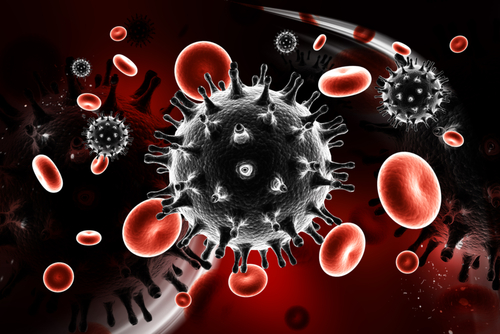Review Explores Role of Exercise on Statin-induced Myopathy in Skeletal Muscle

In a recent review published in the J0urnal of Lifestyle Medicine, a researcher from Korea examined the current literature available about the effect of statins in the skeletal muscle, and the role of exercise in this mechanism.
Statins are a class of drugs used to lower cholesterol levels by inhibiting the enzyme HMG-CoA reductase that plays a central role in the production of cholesterol in the liver, which produces about 70 percent of total cholesterol in the body. High cholesterol levels have been associated with cardiovascular disease (CVD). Statins have been found to prevent cardiovascular disease and mortality in those who are at high risk and are also frequently used for the treatment of diabetes and cancer by reducing cholesterol levels (e.g., LDL-cholesterol) through the inhibition of the formation of mevalonate (a precursor to cholesterol), ubiquinone (coenzyme Q), and other compounds.
However, statins cause adverse side effects in skeletal muscle ranging from mild to moderate muscle fatigue, weakness, and pain to fatal rhabdomyolysis. The incidence of statin-induced myopathy is estimated to be between 5% and 10%, and concerns about the safety of statins on skeletal muscle are expected to increase. However, the underlying mechanisms by which statins induce skeletal muscle side effects have not been clearly determined.
In the review titled “Statin-induced Myopathy in Skeletal Muscle: the Role of Exercise,” Hyo-Bum Kwak from Inha University in Incheon, Korea examined the current state of the evidence regarding the role of statins in skeletal muscle myopathy. In addition, the review provided an overview of the role of exercise in stain-induced myopathy.
Based on the evidence, the author indicates that the mechanisms of statin-induced skeletal myopathy remain unknown, however, it appears that the mechanisms may be associated with ubiquinone deficiency, oxidative stress, and apoptosis. However, the underlying molecular and cellular mechanism by which statins affect mitochondrial function and apoptosis in skeletal muscle remains unknown.
Furthermore, according to the author it is not clear whether exercise exacerbates statin-associated myopathy in skeletal muscle. Based on this, the author recommends more studies examining the effects of statins in patients with different levels of exercise so that new strategies can be developed for statin-associated mitochondrial dysfunction and apoptosis leading to skeletal myopathy.






